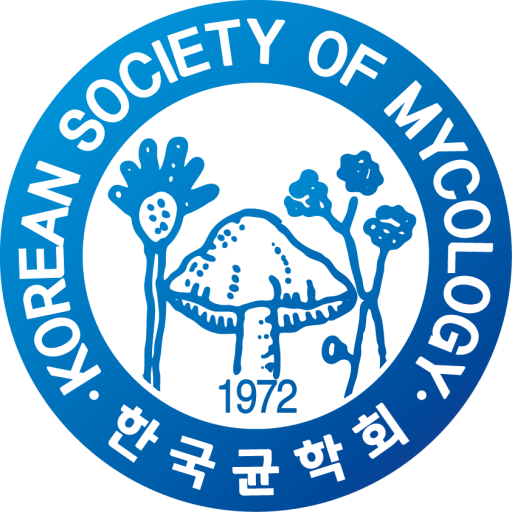Taxonomic Re-evaluation of the Penicillium Section Sclerotiorum in Korea: Description of Three Novel and Five Unrecorded Species
Anbazhagan Mageswari, Da-seul Lee, Jae Sung Lee, Le Dinh Thao, Donghun Kang, Sossah Frederick Leo and Seung-Beom Hong*
Korean Agricultural Culture Collection, Agricultural Microbiology Division, NAS, RDA, Wanju, Republic of Korea; *Email:funguy@korea.kr
Penicillium is one of the largest and most significant genera of fungi, exhibiting a widespread distribution across diverse substrates. Ongoing taxonomic and nomenclatural revisions have led to a continuous increase in the number of newly described species, reaching approximately 600 species as of 2025. The integration of multilocus sequence data with traditional morphological characterization has proven to be a reliable strategy for accurate species identification. The Korean Agricultural Culture Collection (KACC), established in 1995 as part of the Rural Development Administration (RDA), currently preserves 14,888 strains representing 3,496 species from all major fungal taxonomic groups. Among these, 3.6% (n = 529) belong to the genus Penicillium. In this study, 29 strains of the section Sclerotiorum preserved at KACC, were analyzed and re-identified using four loci – Internal transcribed spacers (ITS), β-tubulin (BenA), Calmodulin (CaM) and RNA polymerase II second largest subunit (RPB2), along with morphological data. Our results confirmed six species previously reported in Korea and additionally revealed three novel species candidates and five unrecorded species in the country: P. adametzii, P. lilacinoechinulatum, P. subasperum, P. scruposum and P. viticola. This study provides detailed morphological and molecular descriptions of these taxa, thereby expanding the known diversity of Penicillium in Korea.

 English
English